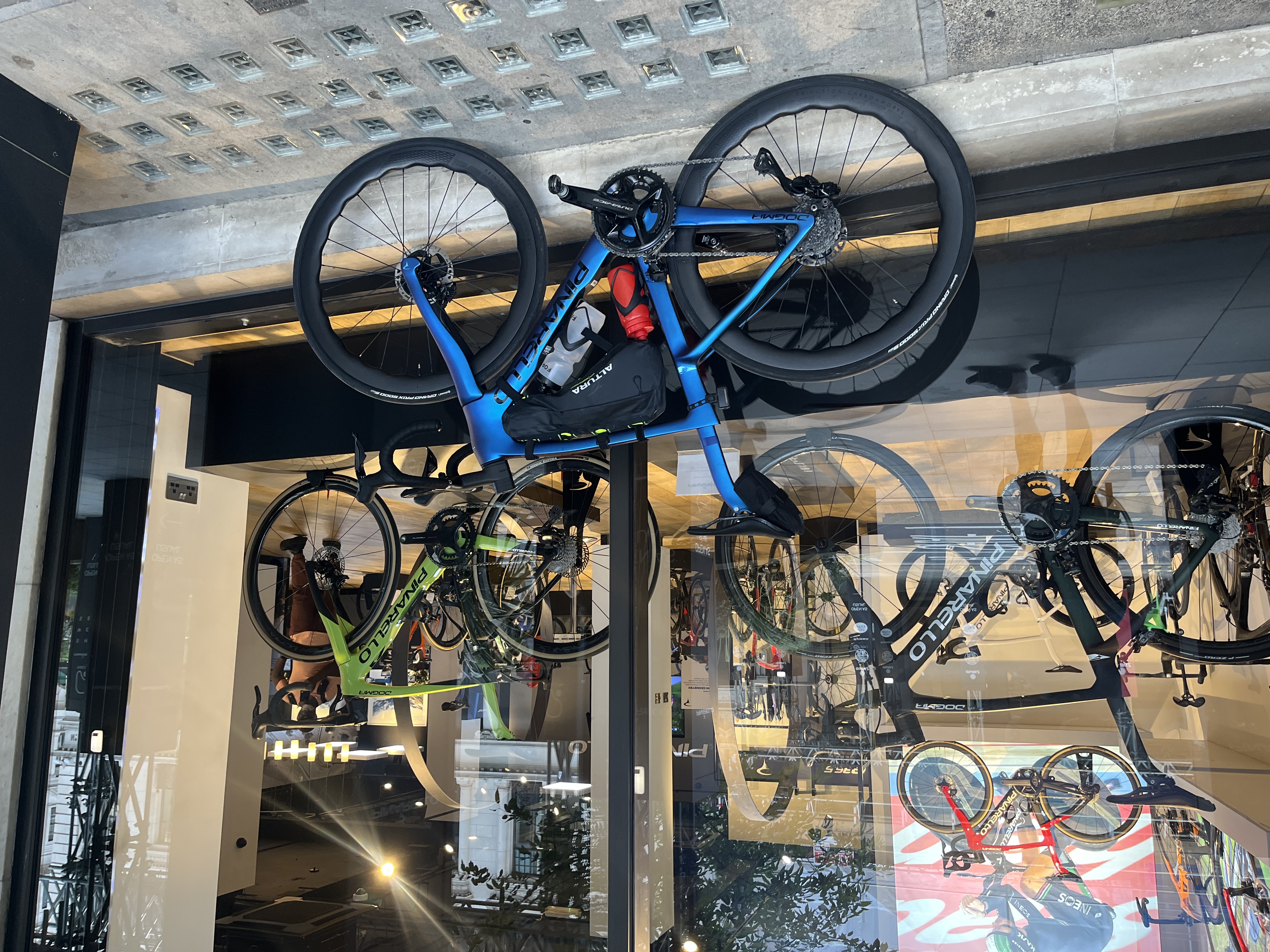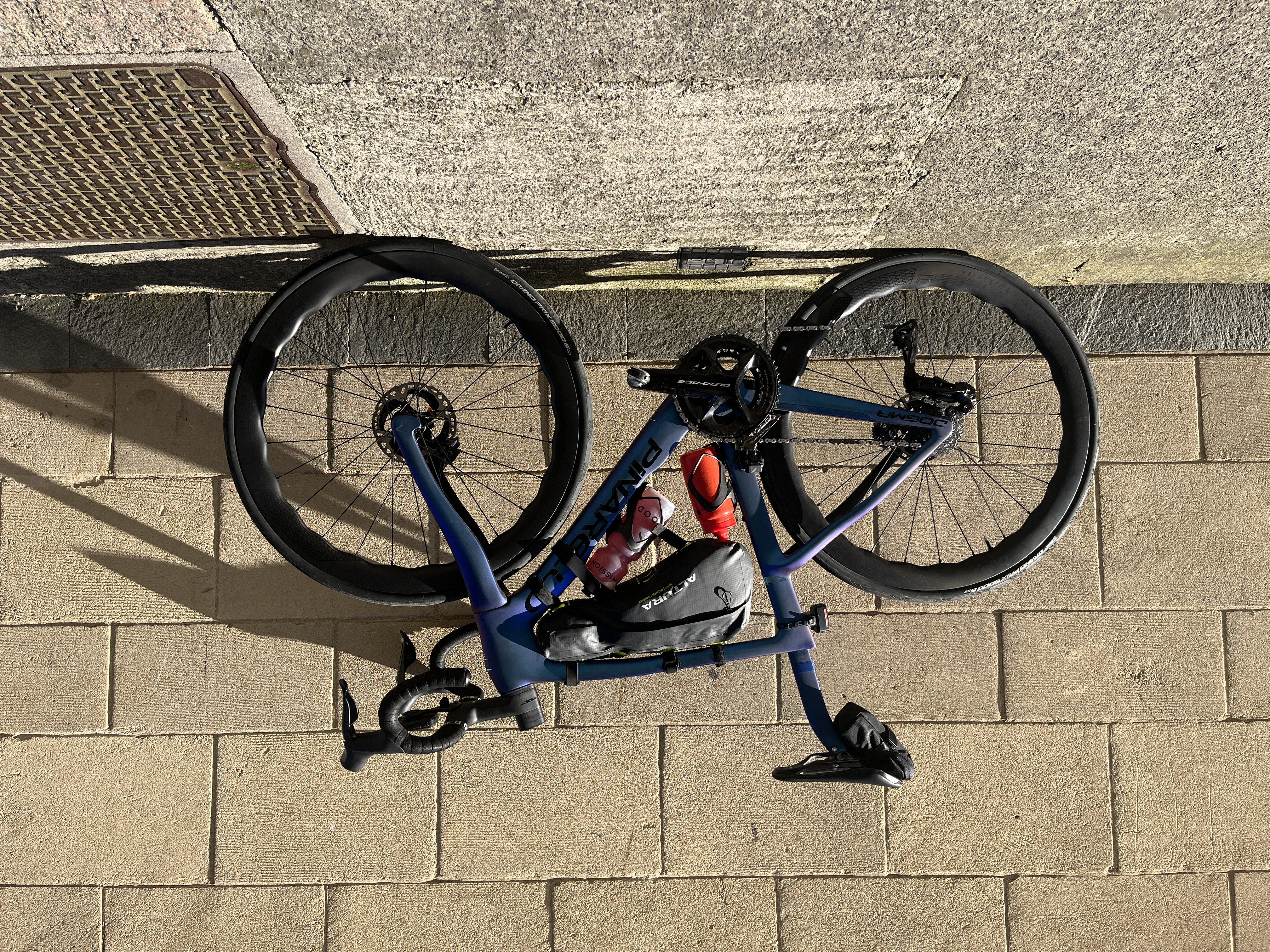
In 2017, a younger, fitter, perhaps stupider version of myself chose to take advantage of a British heatwave by riding from my then-home in Exeter to Bristol, then London, and back again over four days. Four consecutive 100-ish mile days in glorious sunshine, the only thoughts occupying my mind including where I’d stop for a toilet break, and what I would have for lunch.
My only reward for the effort was a few unsavoury tan lines and fond memories.
I did it on an old bike, with a creaking rear wheel, and for some unknown reason given the weather, full-length mudguards.
I’ve since moved to Bath, home of Netflix’s Bridgerton, the Sally Lunn bun, and Cyclingnews headquarters at Future Publishing. For those unfamiliar, this is around 10 miles from Bristol, and I’ve wanted to repeat the London leg of that earlier riden ever since.
Seven years on I’m older, rather less fit, and with adult responsibilities that typically don’t align with sodding off for an eight-hour plod eastward. Regardless, the itch was there, patiently waiting to be scratched.
Enter right of the stage, my job. As a cycling tech journalist, I get to play with the latest bikes, form opinions, and share them with the world. I do my best to keep those opinions safe and well-rounded, so I’m not usually one for a hot take, but I have recently been fighting with one that, like the aforementioned itch, I can’t shake.
My spicy hot take (probably more Rogan Josh than Vindaloo) is that the term ‘race bike’ is exclusionary. So many times I’ve heard someone conclude that a certain type of bike isn’t for them simply because they don’t race, and I think that robs them of the potential enjoyment of owning a bike that is snappy, agile, fast and… well… racy.
Chances are, despite not getting changed in a random leisure centre car park at 8 AM on a dreary Sunday morning, poking safety pins through your favourite jersey and then riding at your limit for a predetermined distance in the name of type-two fun, you probably do still race.
You race your friends to town signs or your average speed from the last ride, you chase that seemingly elusive Strava KOM, you time trial as fast as possible to make it to the bike shop in time for closing time, or you race the sunset after getting caught out by the currently-dwindling summer evenings.
Or you do what I find myself doing all too often, and race the clock to get home at the time you told your better half you would be.
To prove my point, in a roundabout sort of way, I took one of the fastest race bikes on the market right now, the all-new Pinarello Dogma F and recreated that aforementioned ride to London, finishing at the Pinarello flagship store on Regent Street, just round the corner from Buckingham Palace and The Mall on which Bradley Wiggins piloted a Pinarello of his own to Olympic Games Time Trial victory in 2012.
Adult responsibility combined with diminished fitness meant I could only commit to one day, and thus I got the train home once I'd arrived in London. But still, I plotted a 200km route, using most of the same roads as last time, and off I chugged eastward into the rising sun.
The bike
The Dogma F provides a perfect representation of a modern race bike. At £12,500 in this spec, there's no denying it's a superbike. And while many brands are finally merging their aero and lightweight bikes into a one-bike solution - a la Trek with the new Madone and Specialized with the Tarmac SL8 - the Dogma range has always promised a best-of-both-worlds approach as Pinarello's aero all-rounder for more than a decade.
The latest model, which launched ahead of the 2024 Tour de France, took its widely revered namesake predecessor and eked out a handful of so-called 'marginal gains' - a phrase that the Pinarello-sponsored Ineos Grenadiers team made famous throughout the 2010s. A 108-gram saving, 0.2% drag reduction and increased tyre clearance ensured the Dogma F remains at the cutting edge of modern race bikes, and made it the ideal bike to test my theory.
I knew the ride would be predominantly flat, so the Dogma's aero credentials would be key - this was a 'race to closing time' after all! - but knowing that Richmond Park has a few hills which would be unwelcome after 180km, I was equally appreciative of the bike's market-leading weight.

The question I wanted to answer is: can a race bike do more than just race?
I hate the exclusionary notion that race bikes are for an elitist subgroup of cyclists, so more pertinently, if you don’t pin on a number to ‘race’ in the traditional sense, why can’t you still own a race bike?
The answers, to be frank, are: it doesn’t, and you can.
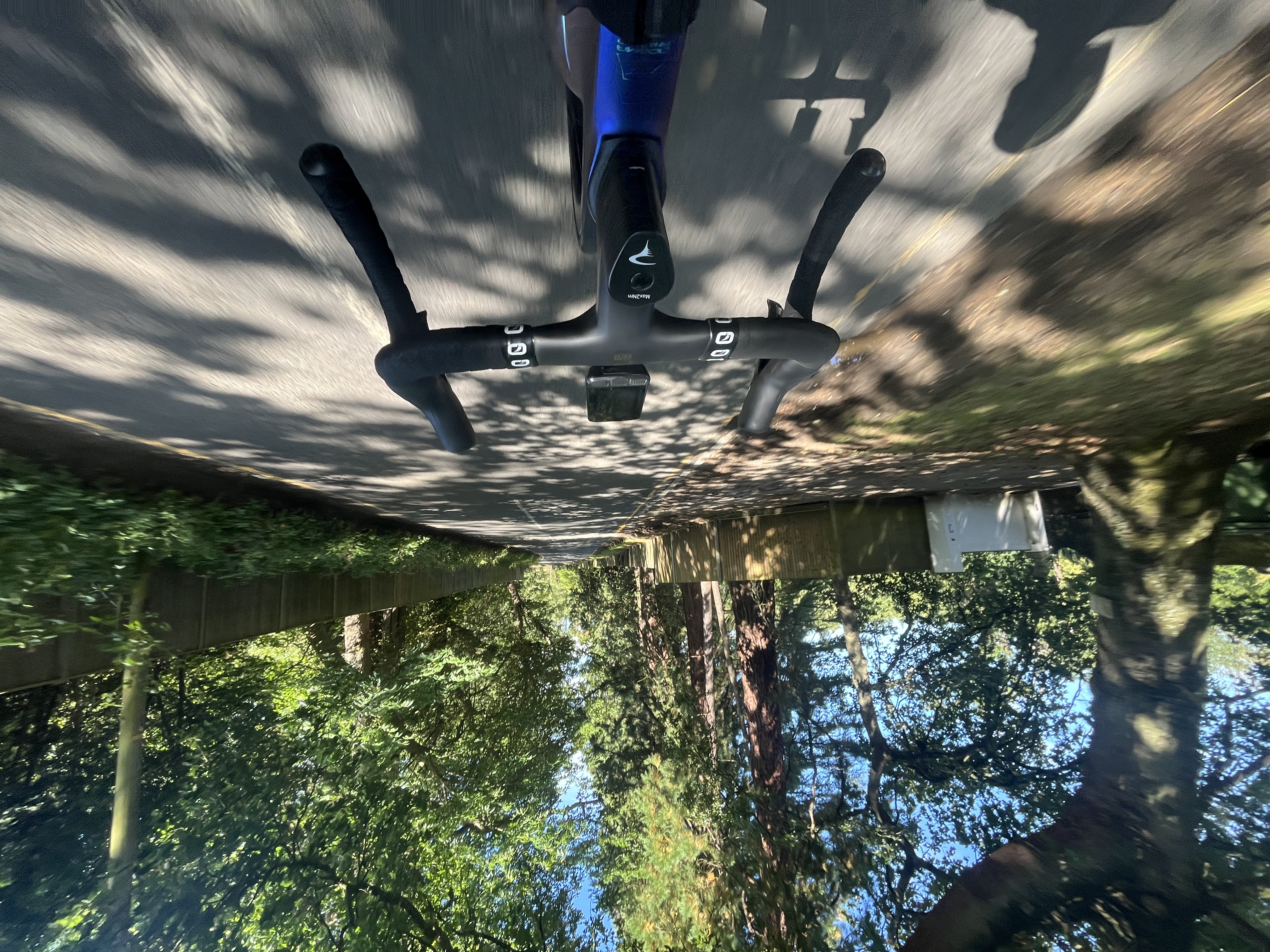
What makes a race bike?
As touched on above, the Dogma F is about as premium a race bike as they get. With its Shimano Dura-Ace Di2 groupset, one-piece aero MOST cockpit, and Princeton Carbonworks wheels shod with Continental GP5000 S TR tyres, there's little left on the table in terms of performance.
The bike I rode isn't too dissimilar from that used by the pro riders of Ineos Grenadiers. Those racers regularly cover 200km days on the bike, at significantly faster speeds and higher power than I ever will, so there's no doubt the bike can cover such a distance, but the day's focus was as much on my own body's response to the distance as the bike itself.
Race bikes are typically differentiated by their geometry. A steeper head angle and a shorter wheelbase sharpen up the steering response, a lower stack puts the rider in a lower, more forward-leaning position (often described as ‘aggressive’, which doesn’t help), and the longer reach will usually stretch the rider out.
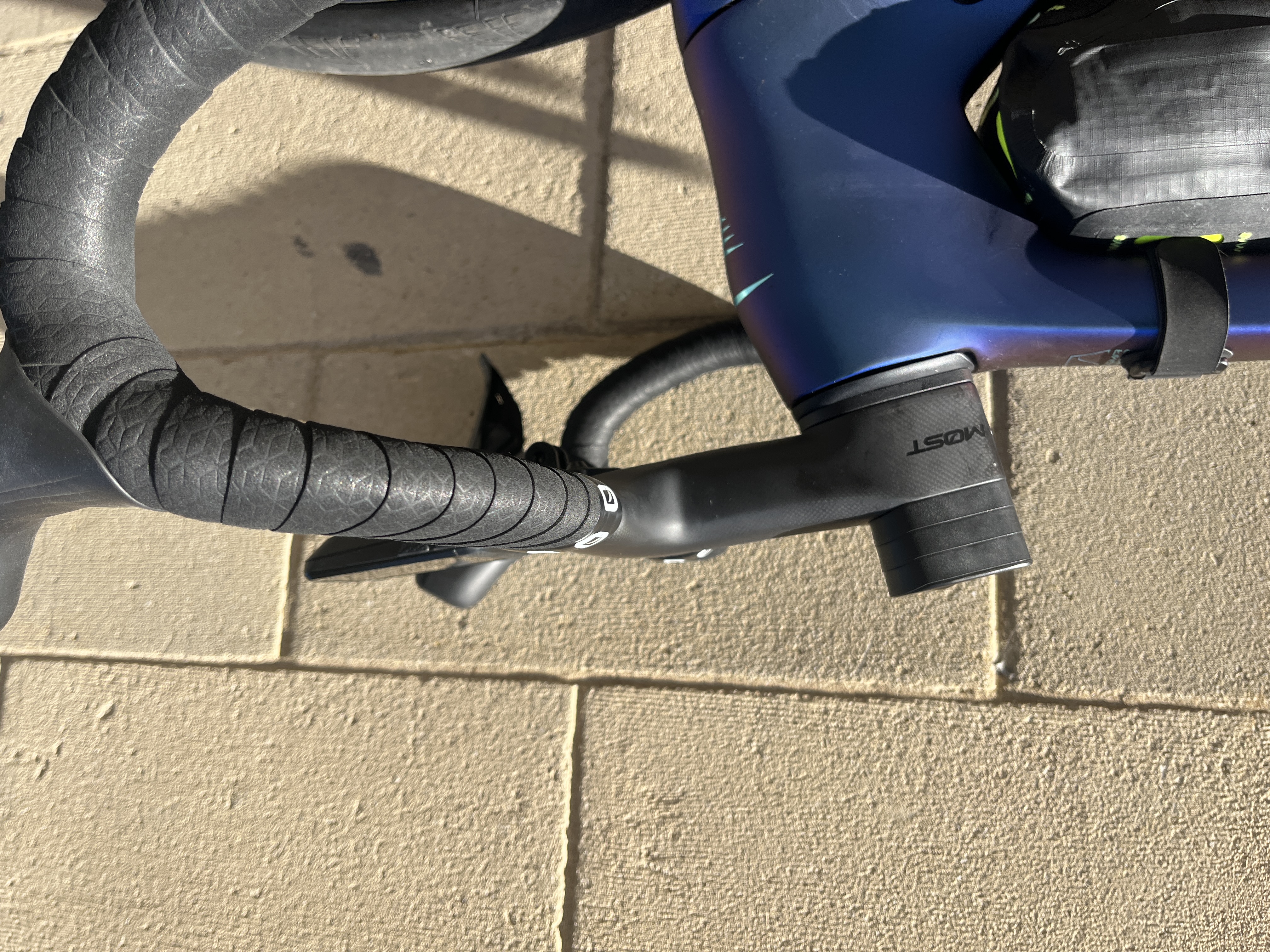
The result is a comparatively more aerodynamic rider position that, if sustainable, means faster speeds for equal power — or equal speed for reduced power — in a bike that is lighter, more responsive, more agile, and when the brand gets everything right, it creates a bike that is significantly more fun to ride.
What's more, modern race bikes are significantly more versatile and capable than their ancestors. With 28mm tyres now becoming the norm - the Dogma F can handle 30mm tyres with room to spare - most of the energy-sapping vibrations on race bikes of old are absorbed before they even get to your hands. Likewise, the more accommodating gears allow for a much wider range of terrain to be tackled by an equally wide range of abilities.
Where once, race bikes were fitted with massive knee-busting gears, nowadays the wider range cassettes offer a more accommodating easy gear, meaning you can keep spinning a high cadence even when Richmond Park throws a hill at you 180km into the ride.
All positive things so far, but what happens when that position isn’t sustainable?
Pro riders benefit from extreme flexibility and core stability, so they can easily ride 200km in the stretched-out position, but like any 30-something road cyclist who spent the entirety of their first three decades on this earth ignoring strength and conditioning training or stretching, I have my list of aches that flare up on a long ride.
I'd be lying if I said these issues didn't arise on this ride, but rather than wish I had a geometry with shorter reach, I simply shuffled my hands backwards on the hoods or rode on the tops. The latter was certainly helped by the nice flat aero cockpit on the Dogma F, which Pinarello has designed to be taped.
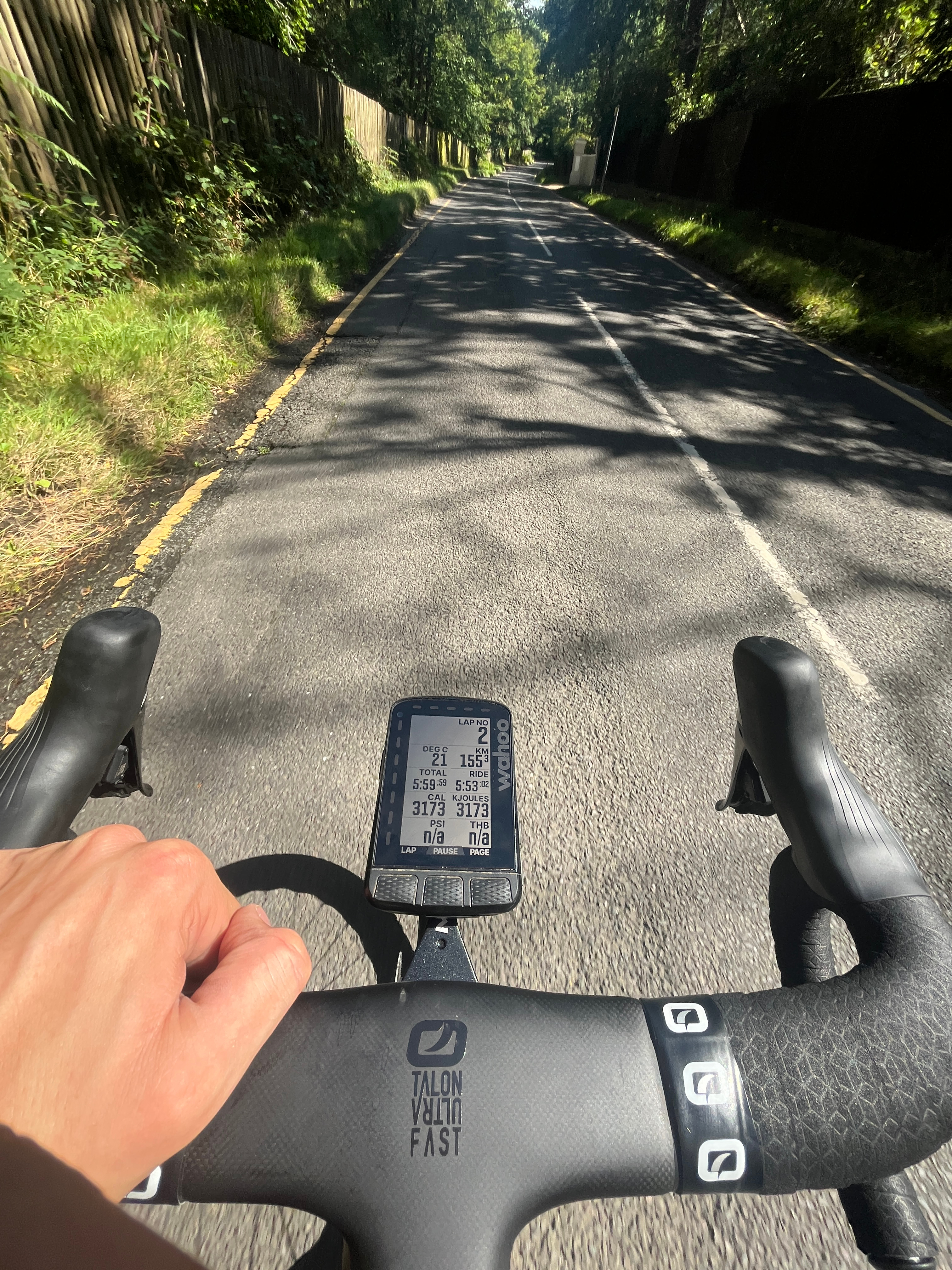
I appreciate that’s a compromise that I probably wouldn’t have needed to make if I were on an endurance bike, but it’s one I would be happy to make again in order to keep the additional snappiness I enjoyed as I zig-zagged my way through London’s traffic and the aerodynamic gains I enjoyed earlier in the day as I rode at 32km/h in zone two. The sharp handling helped me avoid at least two near-misses with inattentive drivers, for example.
Now, I’m not naive to the fact that there is a vast array of very good endurance bikes on the market. Nor to the fact that there will be people out there for whom endurance bikes will genuinely be the better choice. But if you take one thing away from this article, I’d like it to be a momentary pause for thought before you take the sensible but fun bike instead of the really fun bike.
A motorised metaphor
Imagine you’re looking at buying a new car. You’re a sensible adult so you argue that an estate car or an MPV is the right choice. You tell yourself that you need the additional load space those cars provide. Let’s say they have 500 litres.
If I then told you that during your entire driving history, you’ve never used more than 250L of space, and for the same money as your estate/MPV purchase, you could get a hatchback that’s much more fun to drive, more economical, faster, and with more load space than the 250L you use, you’d think twice about which one to buy.
Now take that metaphor and reapply it to race bikes, where load space is the more relaxed geometry. If you really need it, then the industry's plethora of endurance bikes should not be ignored. Pinarello itself makes the Dogma X, for example.
But before you do, here are two arguments:
Firstly; do you actually know a race bike isn’t for you? Have you ridden one - and I mean really ridden one, beyond a quick spin around your local shop’s car park where any new bike will feel unfamiliar and uncomfortable?
In the same way that switching to very narrow handlebars takes a couple of rides to get used to, but quickly becomes natural, so can riding a race bike.
Secondly; if it's aches and pains that are driving your decision, are they fixable?
Instead of conceding that race bikes simply aren’t for you, why not make a deal with yourself? Buy the Dogma F, enjoy sharp handling, aero gains and the smoothness of the Princeton Carbonworks wheels, and then go and see a physiotherapist once a month to work on those niggling aches and pains.
If you can get a bike that’s faster, more fun, and more exciting to ride, and couple it with an improvement in your overall health via better core stability or fixed imbalances, that’s a win-win in my opinion.
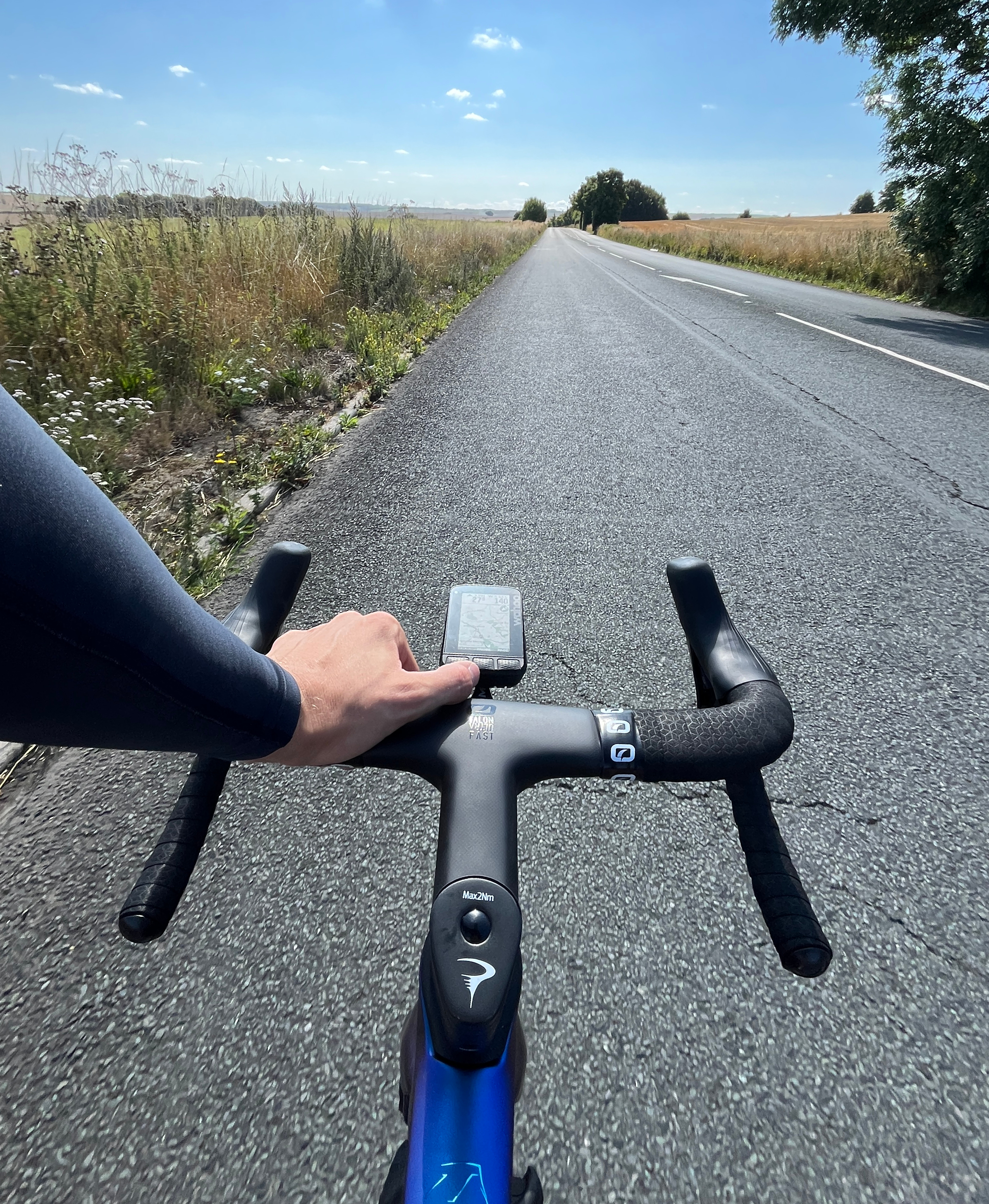
The ride to London
The funny thing about the ride is that, despite being on the bike for around seven hours, it was about as uneventful as they come.
The Dogma F didn't miss a beat, as you'd hope for a bike of this level.
The first 30 minutes were spent following my usual commute route to the office, a short descent, a slow climb, then a long fast drop into Bath, ironically passing the nearby criterium course, before plodding across the city in the morning traffic.
The bike's quick handling helped here before the 7kg weight aided on the climb out of Bath eastward toward Box and Corsham.
From here, the road is a gentle negative gradient pretty much all the way to Reading. I followed the A4, a straight road that runs parallel south of the nearby M4 motorway, and really enjoyed getting into an aero position and seeing 30km/h-plus on my Wahoo computer while riding at what felt like an easy power.
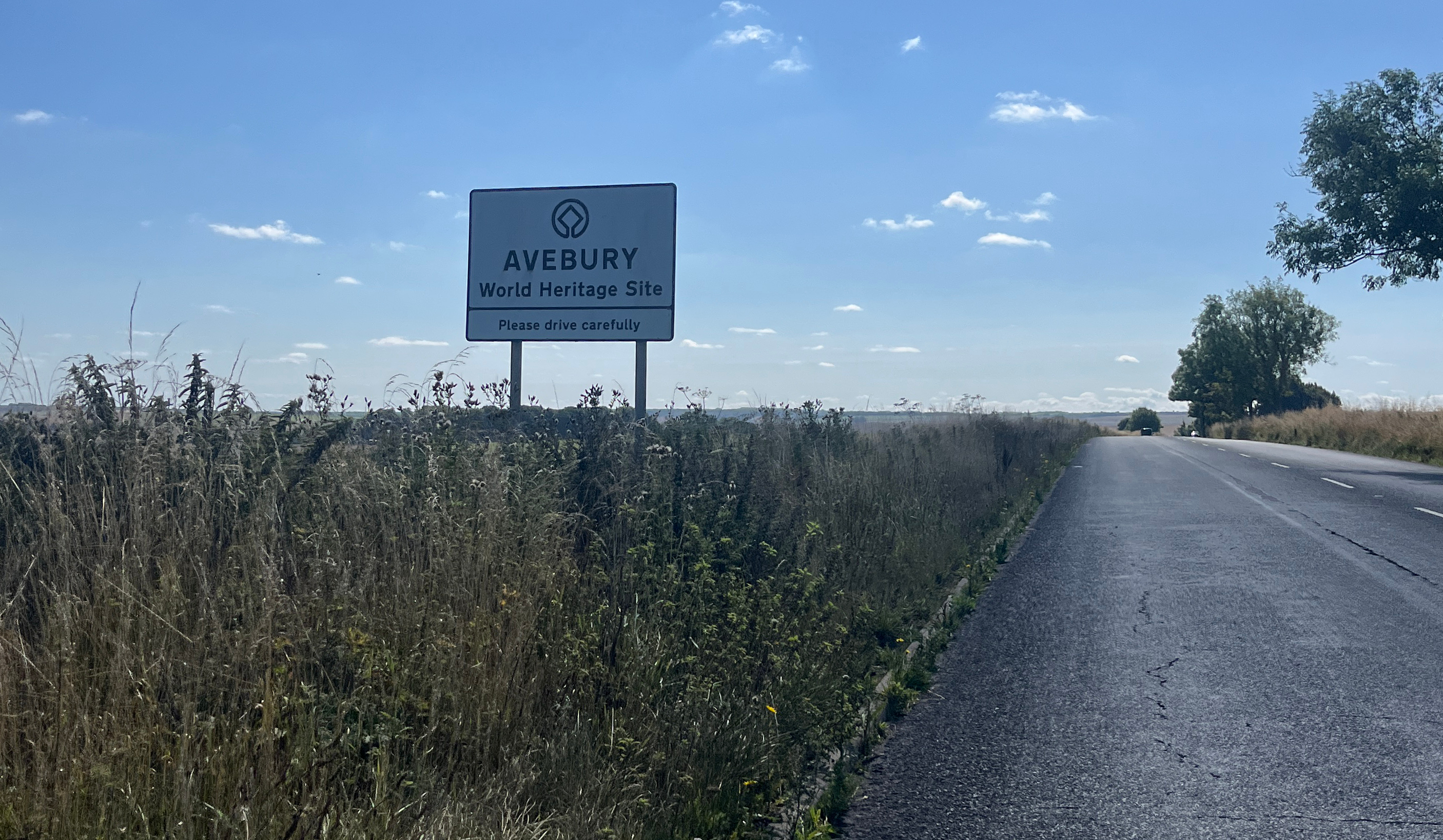
As I passed Avebury and the entrance to the Ridgeway, Britain's oldest road which is better described as a gravel track. Part of me wished I could veer off and gravel my way eastward instead, but that's a significantly harder ride for a different bike on a different day.
I carried on before veering south around Reading, onward to Bracknell and Ascot, then through Surrey. It was here that racing proved itself an everpresent concept in road cycling. Stopped at traffic lights, a rider on an Orbea pulled up alongside, exclaiming his admiration for the Dogma F.
But as the light turned green and we started pedalling away, my new friend asked rather abruptly: "What's your average speed?"
That's not a data field I tend to have on my Wahoo computer, so I fumbled at the buttons to see if I could find it on one of the alternate pages, somewhat shocked by the directness of the question.
"I don't know, about 27k/h I think," I replied, two layers of confusion evident in my words.
"Too slow for me," he blurted, almost before I could punctuate my reply, and just as quickly, he was on the pedals sprinting to ride off.
Perhaps London cyclists are just rude - they certainly don't wave at each other as much as in the Westcountry - or perhaps he was a special case. Either way, I was rather glad to be rid of him as I continued eastward, following the Thames, and passing a steady stream of Londoners heading in the opposite direction, escaping the city for their Friday night ride.
Soon I hit Richmond Park, and after a quick climb - the bike's 7.2kg weight helping me dispatch it with relative ease - I was into the final stretch. It's here that the traffic became the biggest factor. Unlike a good number of others I witnessed on bikes, I'm not the sort to obnoxiously cut past cars and blast through red lights.
As a result, most of the final hour on the bike was spent stopping and starting, filtering through traffic where safe, and generally benefitting from the bike's acceleration, handling and responsiveness in an unintended but effective way.
My arrival at the Pinarello store was a fitting endpoint. Unfortunately, they didn't have the aero headset spacers I hoped they'd carry in stock, but my point had been proven.
The Dogma F, as racy a race bike as they come, was a sound partner for a 200km plod across the country.
